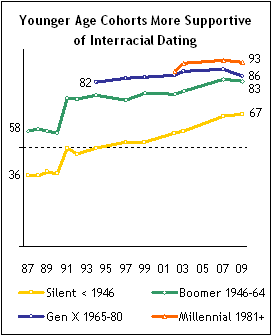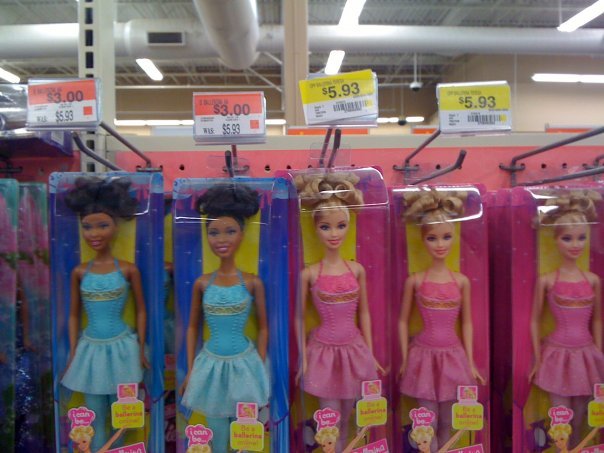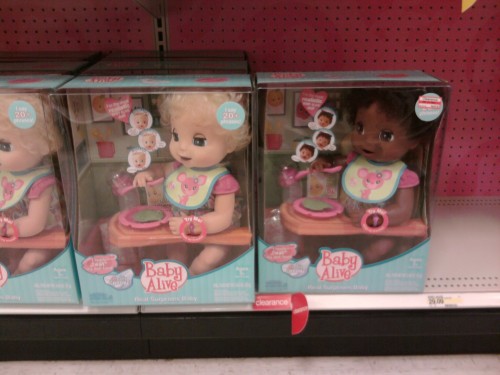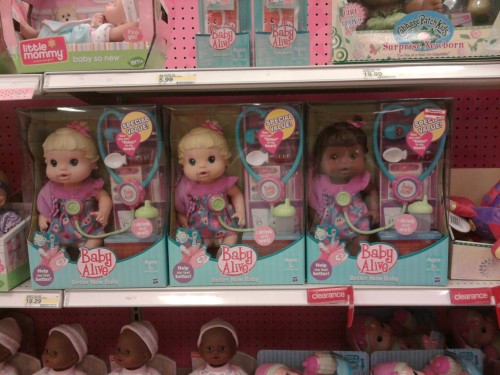Crossposted at Racialicious.
—————————
After presenting lots of statistics about racial disparities in criminal justice, I showed my class the videos from ABC News What Would You Do? in which first White and than Black youths vandalize a car in a public parking lot. [See the videos at ABC: Part I and Part II.]
There is only one 911 call on the White boys, but ten on the Black boys. Plus, while the White boys are vandalizing, someone calls 911 to report people who are suspected of planning a robbery — Black kids asleep in a nearby car! Well, most of the class, as expected, saw this the way I did, as evidence of a racial problem. I was trying to emphasize that not arresting Whites when they commit crimes is just as important in racial disparities as arresting Blacks. Some students pointed out (correctly) that it was a demonstration, not a controlled experiment and wondered (fairly) whether the producers selected cases for their strong differences. But a few very vocally insisted that the difference was not about race at all, but that the Black kids were wearing “gang clothing.” They got somewhat offended when I said, “yeah, Black styles” and then cut off that line of argument, saying “OK we disagree on that, but I don’t want to spend the rest of the class arguing about clothing.”
Today I went back to the video and took screen shots of the kids. They are all wearing hooded sweatshirts and jeans, as I said. (One student had insisted that the White kids wore tucked in shirts! Not so.)

There are subtle differences in how they wear the clothes, though. The Black kids’ clothes are bigger on them (and the kids themselves appear to me to be smaller). The White kids’ shirts have words on them which I assume are school names (the resolution isn’t good enough for me to read them) while one Black kid has some sort of design on it that you could construe as edgy — it is definitely not preppy. One Black kid is wearing a cap which (as can be seen elsewhere in the video) is a gold weave thing that I cannot imagine a White kid wearing, but he’s wearing it in the same way as lots of White kids wear baseball caps. In my view the only difference between the clothing was subtle differences in style sensibilities between Blacks and Whites, and that calling the Black kids’ clothing “gang attire” is ridiculous. These few students think that if the Black kids had been in “non-gang” (i.e. “White”) clothing, the result would have been different. (They did not even suggest dressing the White kids in “gang” styles.) I think they are just exhibiting extreme resistance to the obvious. (The same students criticized me for failing to show examples of Black crime.) Opinions?
Edit: I decided to add shots of the kid with the most distinctively Black hat. In these shots you can see that he’s also wearing a do-rag. Just to be fair. I can find no evidence that this is “gang attire.” But it is certainly distinctively Black.

Do you think it’s the do-rag and not the skin color that matters here?
—————————
This Anonymous Guest Post is borrowed from Sociological Confessions. The blogger is a Sociology professor who teaches courses on race relations and does public sociology work on racial disparities in criminal justice. In this post, she poses a question based on an interaction with students who questioned her interpretation of an incident as racial.












